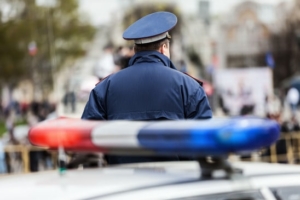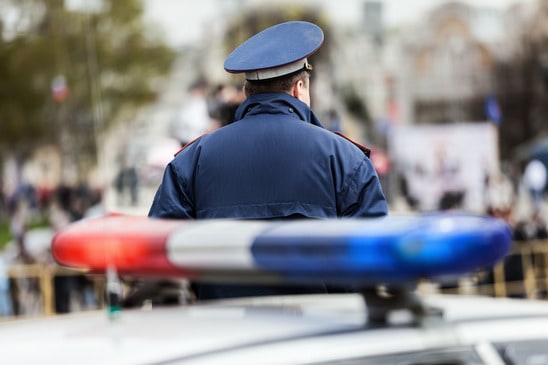Fires in Idaho have created hazy conditions and have destroyed 380,000 acres. According to the Idaho Statesman, more land in Idaho is on fire than any other state. Weather conditions may only make the fires worse. The fires are widespread and have moved closer to communities and areas where more people in Idaho live, affecting structures, homes, and roads.

In order to respond to the increased risk of fire, restrictions on burning, fires, and smoking will be put in place. The National Guard has been contacted to help manage traffic and to protect drivers in areas affected by fires. The military will be dumping thousands of gallons of water over the fires in an attempt to suppress the flames.
Drivers also need to be aware of increased roadway hazards due to the widespread fires. Smoke from the fires can decrease highway visibility. Drivers should always adjust speed to conditions.
Additionally, individuals in evacuation zones should carefully follow the instructions of officers and National Guard members who are directing traffic. Speeding during an evacuation only increases the risk of a car accident. The best plan is to drive carefully and to follow instructions provided by officials.
Individuals planning to take road trips on highways in Idaho, or those planning to hike, should check first for closures. Many roadways, highways, and trails have been closed as a result of the widespread fires.
For instance, sections of Highway 78 and Highway 95 have been closed due to the Soda Fires. Highway 22 remains open, but officials warn that the highway may have to be closed if the Cougar Fire changes direction. Closures can happen suddenly. Before travelling, contact 511 or visit the Incident Information System to learn about updated closures and fires.
The Idaho Bureau of Homeland Security has noted that it expects to see losses of vehicles, homes, and livestock.
Driving safety tips for smoky conditions are similar to driving during foggy conditions. Some basics include:
- Allow greater distances between your car and the cars in front of you. In low-visibility conditions, you may not have the same amount of time to stop or to see an accident up ahead.
- Use your car’s fog lights. Fog lights are specially designed to illuminate the road during poor visibility conditions.
- Turn on your low beams. While you may be tempted to put on your car’s high beams, your low beams are actually a better bet. High beam light will only reflect off the smoke, while low beams give you a better chance of visibility.
- Stay in your lane, and don’t be afraid to pull over if you have difficulty seeing. Use the road’s right edge to guide your driving.
- Turn on the radio or call 511 to learn about fire hazards and to determine whether a fire has shifted direction. It may be safer to turn around and head back rather than to go forward into the middle of an open blaze.
The Law Office of Johnson & Lundgreen urges drivers to use safety and caution on Meridian and Boise roads. If you’ve been injured in an accident, Johnson & Lundgreen are personal injury lawyers who may be able to assist you.

